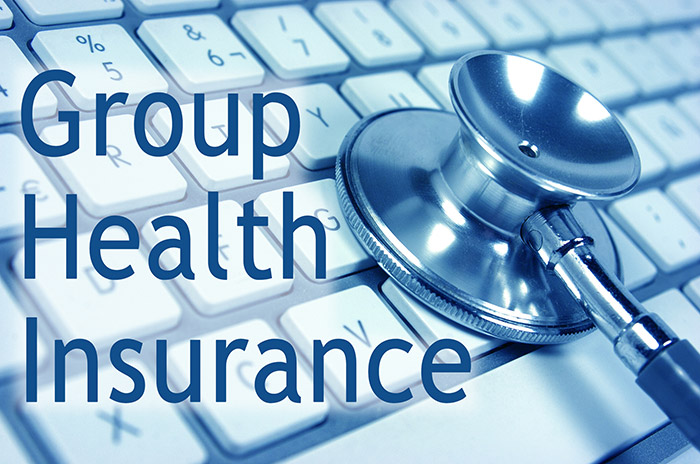How Pacific Prime can Save You Time, Stress, and Money.
Wiki Article
Everything about Pacific Prime
Table of ContentsThe 2-Minute Rule for Pacific PrimePacific Prime Can Be Fun For EveryoneSome Known Factual Statements About Pacific Prime Top Guidelines Of Pacific PrimeEverything about Pacific Prime

This is because the data were accumulated for a period of strong financial efficiency. Of the estimated 42 million people that were uninsured, almost concerning 420,000 (concerning 1 percent) were under 65 years old, the age at which most Americans end up being qualified for Medicare; 32 million were adults between ages 18 and 65, around 19 percent of all grownups in this age; and 10 million were youngsters under 18 years old, concerning 13.9 percent of all children (Mills, 2000).
These quotes of the variety of individuals without insurance are generated from the annual March Supplement to the Current Populace Study (CPS), performed by the Census Bureau. Unless otherwise noted, national quotes of individuals without medical insurance and percentages of the population with various sort of protection are based on the CPS, the most commonly utilized resource of quotes of insurance policy coverage and uninsurance rates.
Excitement About Pacific Prime

Still, the CPS is particularly helpful because it generates yearly estimates relatively quickly, reporting the previous year's insurance policy coverage approximates each September, and since it is the basis for a regular collection of quotes for greater than two decades, permitting analysis of patterns in coverage with time. For these factors, as well as the comprehensive use of the CPS in various other studies of insurance policy coverage that are presented in this record, we rely upon CPS estimates, with constraints noted.

The price quote of the number of uninsured individuals expands when a population's insurance standing is tracked for a number of years. Over a three-year period starting early in 1993, 72 million people, 29 percent of the united state populace, were without insurance coverage for at the very least one month. Within a single year (1994 ), 53 million individuals experienced at least a month without coverage (Bennefield, 1998a)
Six out of every 10 uninsured grownups are themselves used. Working does boost the Discover More Here probability that one and one's family members will certainly have insurance coverage, it is not a warranty. Even participants of households with 2 full-time wage income earners have practically a one-in-ten opportunity of being without insurance (9.1 percent without insurance rate) (Hoffman and Pohl, 2000).
Pacific Prime Can Be Fun For Anyone
New immigrants account for a considerable percentage of people without medical insurance. One analysis has associated a considerable portion of the current development in the dimension of the united state uninsured population to immigrants who arrived in the country between 1994 and 1998 (Camarota and Edwards, 2000). Recent immigrants (those who concerned the United States within the past four years) do have a high rate of being uninsured (46 percent), however they and their kids represent simply 6 percent of those without insurance policy across the country (Holahan et al., 2001).The partnership in between medical insurance and access to care is well established, as recorded later on in this phase. Although the relationship in between medical insurance and wellness end results is neither direct nor easy, a comprehensive scientific and health solutions study literary works links medical insurance coverage to better accessibility to care, much better quality, and improved individual and populace health status.
Levels of evaluation for checking out the impacts of uninsurance. This discussion of medical insurance protection focuses mostly on the U.S. populace under age 65 because basically all Americans 65 and older have Medicare or other public coverage. It focuses especially on those without any health and wellness insurance coverage for any kind of length of time.
Getting The Pacific Prime To Work
The problems dealt with by the underinsured are in some respects comparable to those dealt with by the without insurance, although they are normally less severe. Wellness insurance coverage, however, is neither necessary neither adequate to gain accessibility to clinical solutions. The independent and direct impact of health insurance policy protection on access to wellness services is well established.
Others will acquire the health care they need even without medical insurance, by paying for it expense or seeking it from providers who supply care free or at extremely subsidized prices. For still others, medical insurance alone does not make sure receipt of care due to the fact that of other nonfinancial barriers, such as a lack of health and wellness treatment companies in their neighborhood, minimal accessibility to transportation, illiteracy, or linguistic and social distinctions.
Pacific Prime - An Overview
Formal study concerning uninsured populations in the United States dates to the late 1920s and early 1930s when the Committee on the Expense of Treatment created a collection of records regarding financing doctor office sees and hospital stays. This concern came to be significant as the numbers of clinically indigent climbed during the Great Anxiety.Report this wiki page